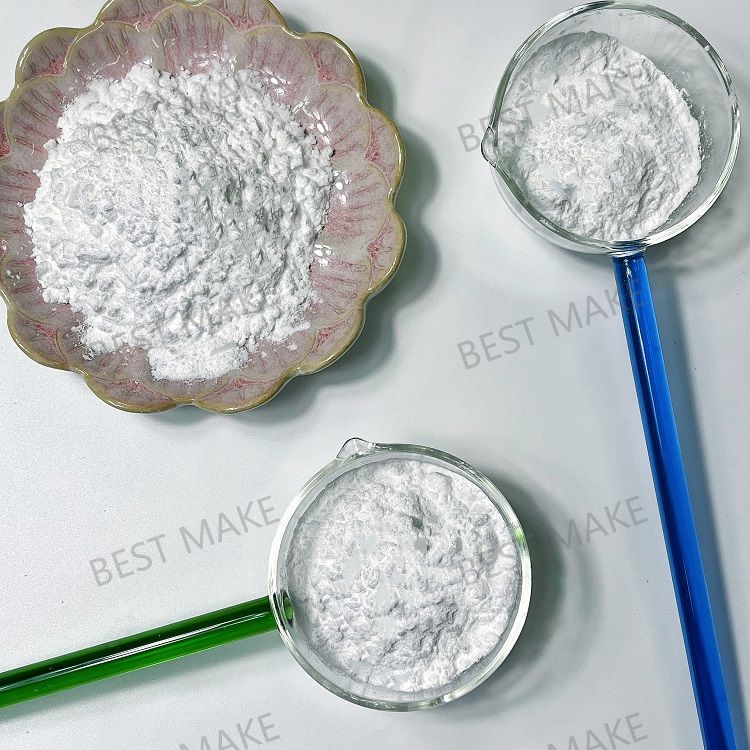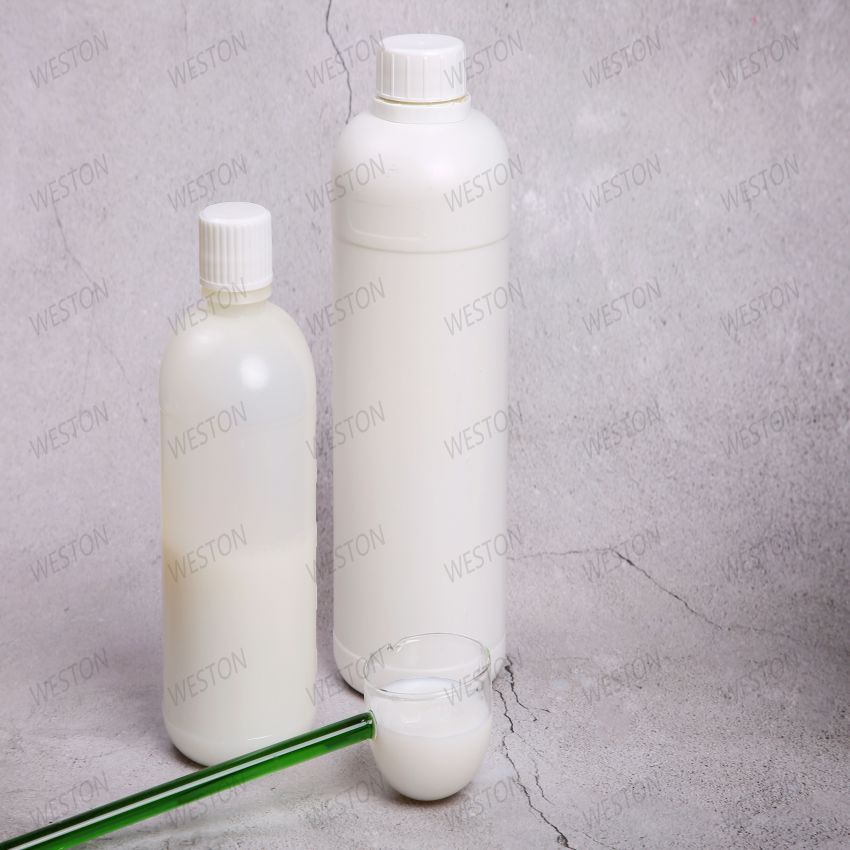-
Categories
-
Pharmaceutical Intermediates
-
Active Pharmaceutical Ingredients
-
Food Additives
- Industrial Coatings
- Agrochemicals
- Dyes and Pigments
- Surfactant
- Flavors and Fragrances
- Chemical Reagents
- Catalyst and Auxiliary
- Natural Products
- Inorganic Chemistry
-
Organic Chemistry
-
Biochemical Engineering
- Analytical Chemistry
- Cosmetic Ingredient
-
Pharmaceutical Intermediates
Promotion
ECHEMI Mall
Wholesale
Weekly Price
Exhibition
News
-
Trade Service
In recent years, with the rapid development of biological sciences, new technologies and methods have been continuously applied to microbial counting, early diagnosis, identification and other aspects in the field of food microbiological inspection, thus shortening the detection time and increasing the detection rate of microorganisms
Salmonella belongs to the family of intestinal bacteria, including those bacteria that cause food poisoning, gastroenteritis, typhoid and paratyphoid, and can cause food-borne diseases.
Listeria monocytogenes (Listeria monocytogenes for short) is a common food-borne pathogen.
The various types of complex biochemical reactions make routine inspection procedures complicated and cumbersome, time-consuming and laborious, and heavy burdens on inspection departments
[Detection principle]
The sample is enriched, and the enriched liquid is heated and transferred into a solid-phase container coated with a specific antibody (primary antibody) to allow the Japanese standard bacteria to bind to the primary antibody and wash away other unbound parts; add specific enzymes The labeled antibody (secondary antibody) is washed again to remove unbound other components; a specific substrate is added to react with it to generate a fluorescent compound or a colored compound
[Equipment and materials]
Enzyme-linked immunoassay analyzer (VIDAS instrument or similar products);
Refrigerator: 2~8℃;
Constant temperature incubator: (30±1)℃, (36±1)℃, (42±1)℃;
Homogenizer
Electronic balance: range 0~500g, sensitivity 0.
Vortex mixer
Constant temperature water bath;
Sterilization equipment
[Medium, kit]
(1) Buffered peptone water (BP) is prepared according to the provisions of 4.
(2) Magnesium Chloride Malachite Green Enrichment Liquid (MM) is prepared according to the provisions of 4.
(3) Sodium tetrathiosulfonate brilliant green enrichment liquid (TTB) is prepared according to the provisions of 4.
(4) Selenite Cystine Enrichment Liquid (SC) is prepared according to 4.
(5) Improved intestinal bacteria Novobiocin enrichment solution (mEC+n) Tryptone 20.
(7) Nalidixic acid sodium salt solution 20mg nalidixic acid, 0.
(8) 0.
(9) Ferric ammonium citrate solution 0.
(10) Fraser Enriched Liquid Casein Digestion 5.
(11) Ftaser I enrichment solution Add 5 mL of acridine yellow hydrochloride solution, 5 mL of nalidixone sodium salt solution, and 10 mL of ferric ammonium citrate solution to 1000 mL of Fraser enrichment solution
.
(12) FrascrII enrichment solution: Add 10 mL of acridine yellow hydrochloride solution and 10 mL of nalidixone sodium salt solution to 1000 mL of Fraser enrichment solution, and sterilize them into 10 mL large test tubes
.
(13) Salmonella enzyme-linked immunoassay kit
.
(14) Enzyme-linked immunoassay kit for enterohemorrhagic Escherichia coli 0157
.
(15) Listeria monocytogenes enzyme-linked immunoassay kit
.
[Salmonella test]
(1) Pre-enrichment and enrichment shall be handled in accordance with the provisions of GB/T4789.
4-2010 "National Food Safety Standard, Food Microbiological Inspection, Salmonella Inspection"
.
(2) Post-treatment of bacteria enrichment Pipette 1 mL of bacteria enrichment solution into a sterilized small test tube, and heat it in boiling water for 15 minutes
.
The remaining enrichment solution is stored at 4°C to be used for positive confirmation
.
(3) Take the Salmonella enzyme-linked immunoassay kit and place it in an environment of 15~30℃ for 30 minutes
.
(4) Take an appropriate amount of heat-treated bacteria enrichment solution into the test hole of the kit.
After the enzyme-linked immunological reaction process through automatic or manual operation, the reaction intensity (fluorescence intensity or absorbance) is detected, and the result is compared with the reference value.
Inspection result
.
(Note: The detailed operation should be carried out according to the instructions of the instrument and kit used)
[Examination of Enterohemorrhagic Escherichia Coli 0157]
(1) Aseptic operation of bacteria enrichment Take 25g (mL) sample into a homogenization bag, and add 225mLm EC+n to it, homogenize it thoroughly, and incubate at (41±1)℃ for (24±1)h
.
(2) Post-treatment of bacteria enrichment is the same as that of Salmonella test
.
(3) Take the enzyme-linked immunoassay kit of enterohemorrhagic Escherichia coli 0157 and place it at 15~30℃ for 30min
.
(4) Inspection steps: same as Salmonella inspection
.
[Test for Listeria monocytogenes]
(1) Pre-enrichment aseptic operation Take 25g (mL) sample into a homogenization bag, and add 225mL Fraser I enrichment solution to it, homogenize it thoroughly, and incubate at (30±1)℃ for (24±1)h
.
(2) Bacteria enrichment Pipette 1 mL Fraser I enrichment liquid into 9 mL Fraser II enrichment liquid, and incubate at (30±1)℃ for (24±1) h
.
(3) Post-treatment of bacteria enrichment is the same as that of Salmonella test
.
(4) Take the enzyme-linked immunoassay kit for Listeria monocytogenes and place it in an environment of 15-30°C for 30 minutes
.
(5) Inspection steps: same as Salmonella inspection
.
[Reagent Kit Control]
(1) When selecting a new batch number of kits, the quality indicators of the kits should be verified; when using, the test controls should be set up in strict accordance with the requirements of the kits
.
(2) During the selection of test kits for different targets, the corresponding traceable standard strains should be selected from time to time for process control
.
[Result report]
When the test result is negative, the report is not detected
.
When the test result is positive, GB/T4789.
4-2010.
GB/T 4789.
6-2003 (Food Hygiene Microbiological Examination for Diarrhea Escherichia coli), GB/T 4789.
30-2010 "Food National safety standards for food additives are confirmed using the standard Listeria monocytogenes test or other standards
.







